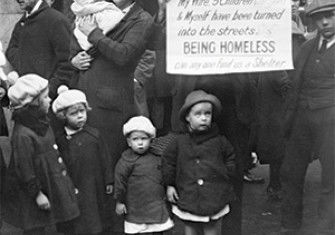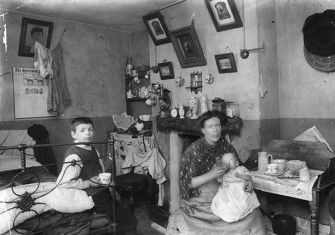First World War: The Fight on the Home Front
Soldiers on the front line in France and Flanders saw their fight as the only legitimate one. But in Britain, the mobilisation of the domestic workforce was integral to winning the First World War.

Trench warfare, attrition, the dominance of artillery, the consumption of shells and the need for tanks: these are the outward manifestations of war waged between industrialised societies. Such societies are capable of applying advanced technologies to mass production, equipping large bodies of men for protracted conflict. In total war, all have their part to play in what becomes a national effort, where passive resilience underpins active defence and personal productivity sustains front line effectiveness.







